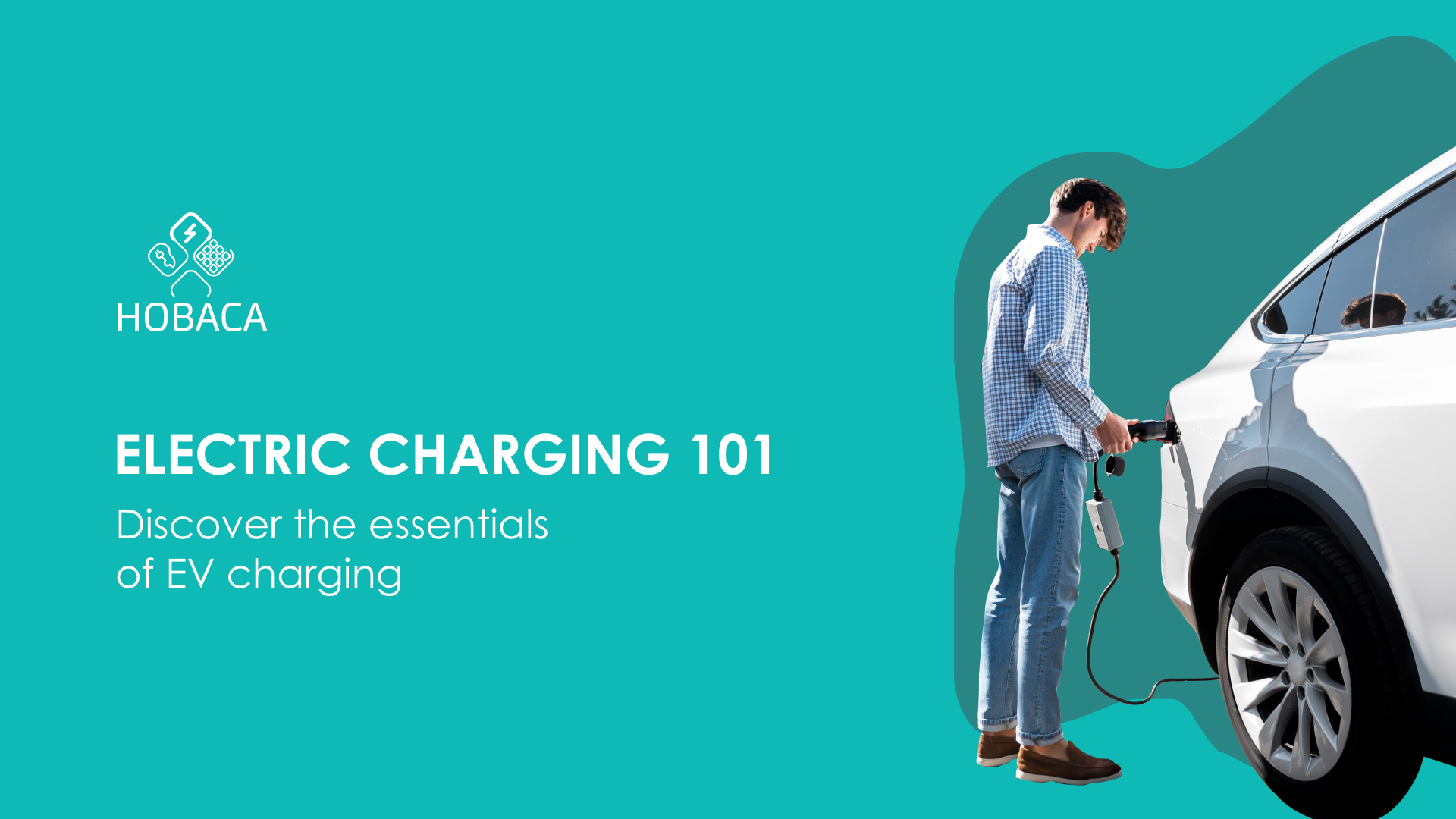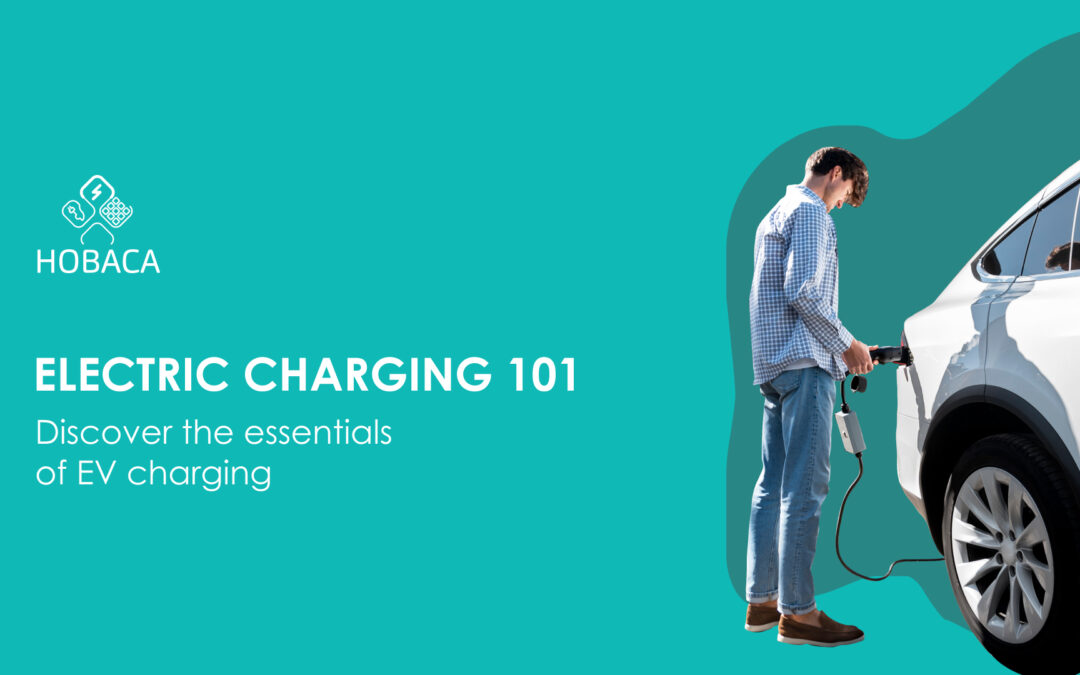The Alternative Fuels Infrastructure Regulation (AFIR) is Fit for 55 package and was published on 22 September 2023 in the Official Journal of the European Union and comes into effect on 13th of April 2024. This regulation is created by the European Parliament with purpose of better development of charging infrastructure in the European Union and it is mandatory for all its member countries. Key goals of this regulation are following:
- Setting up charging stations equivalent to 1.3 kW of power for each registered fully electric vehicle and 0.8 kW of power for each plug-in hybrid vehicle
- Fast charging stations for cars and vans of at least 150 kW will have to be installed every 60 km along the EU’s main transport corridors – the so-called “Trans-European Transport Network (TEN-T)”
- Heavy vehicle charging stations with a minimum output of 350 kW will have to be installed every 60 km along the core TEN-T network from 2025 and every 100 km on the larger comprehensive TEN-T network, with full network coverage by 2030.
- Hydrogen supply stations serving both cars and trucks will have to be installed in all city nodes and every 200 km along the TEN-T core network from 2030
- Seaports that accept a minimum number of large passenger vessels or container vessels will have to provide electricity from land for such vessels by 2030
- Airports will have to provide electricity to aircraft at rest at all exits by 2025 and to aircraft in all parking spaces away from the terminal by 2030.
- Users of electric vehicles or hydrogen vehicles will have to be able to pay easily at charging or supply points, with payment cards or contactless devices, without the need for a subscription and with complete price transparency
- Charging or supply point operators will have to provide consumers with full information about availability, waiting time or price at different stations electronically.
Number of chargers per road distance and required installed power per each registered electricl vehicle
In order to boost the development of EV charging network which will ramp up the pace of EV adoption, European Union requires each member country to comply with two criteria: distance-based target and the target based on size of EV fleet of the country.
Starting from 2025., each European Union member country is obligated to install and provide access to public to a fast charging station of at least 150 kW on each 60 km across trans-European transport network (TEN-T) to meet the regulation distance-based requirement.
In addition to the distance-based requirement, each European Union member country neeeds to install and provide access to the public to at least 1.3 kW of EV charging power for each registered electric vehicle and at least 0.8 kW for each registered plug-in hybrid vehicle.
Apart from standard vehicles, European Union member countries have to meet requirements for heavy-duty electric vehicles (such as trucks, special transportation vehicles). Those vehicles must be able to charge with a minimum output of 350 kW every 60 kilometres along the core TEN-T network, and every 100 kilometres along the larger TEN-T network with charging hubs that must offer a total power of at least 400 kW and include at least one charging point with an individual power of at least 150 kW.
Simplified payment requirements
AFIR payment requirement obligates operators of charge points to enable drivers of electric vehicles or hydrogen vehicles to be able to pay easily at charging or supply points, with payment cards or contactless devices, without the need for a subscription and with complete price transparency (ad-hoc payment). This requirement comes in power on April 2024. And becomes mandatory for all the operators.
EV chargers that can’t be equipped with a POS terminal due to its technical charasteristics (as if often the case for AC chargers) must be accompanied by a stand alone payment terminal which will enable this kind of payment on the group of more than one EV charger.
All CPOs that are not able to install a payment terminal in advance or retroactive on existing chargers, it’s possible to offer payment via a uniquely generated QR code displayed on the charge point screen. This way of putting a QR code as a identifier significantly reduces risk of frauds by oversticking existing QR codes.
This requirement simplifies payment process for EV charging services to the drivers that do not want to use roaming or go through registration processs in any mobile or web application and its key purpose is to is to dispel the fear of drivers from public charge points and make that process as simple as possible.
This requirement simplifies payment process for EV charging services to the drivers that do not want to use roaming or go through registration processs in any mobile or web application and its key purpose is to is to dispel the fear of drivers from public charge points and make that process as simple as possible.
Price Transparency Requirements
AFIR pricing transparency requirement obligates each charge point operator or supply point operators to provide consumers electronically with full information about availability, waiting time or price at different stations with full transparency and up-to-date accuracy. With over 550 thousand of public EV chargers in EU, untransparent pricing can be a big problem and this requirement has a goal to avoid such confusion, unreasonable and unexpected amounts on charging invoices and any kind of dispute between operator and EV driver.
The AFIR specifies that charging prices must be reasonable, transparent and not causing any discrimination on any ground with any kind.
This part of AFIR also gives operators a freedom to charge additional fees for overstaying at the parking lot after the charging session is finished. Those fees also have to be transparent and can be charged by minute. This requirement boosts charge point utilization and helps avoid congestions on charge points which can be an incentive to developers to invest in the infrastructure.
In addition to the previous requirements, this part of AFIR also specifies that charging services have to have pricing defined by one of four models:
- Time based – how long a charging sessions lasts (per minute or hour)
- Energy based – amount of energy provided in a single charging session (per kWh)
- Fixed rate – monthly or yearly subscription
- Hybrid pricing – combination of time and energy based models
For charge points with power of 50 kW or more (fast DC chargers), AFIR requires its operators to have the energy-based pricing model (per kWh).
Operators that will not comply to these requirements will face the penalties from European Union.
Connectivity and interoperability requirement
AFIR obligates operators that every public charge point must have ability to be connected to back-end management system and must offer the roaming options (be a part of roaming network, Hubject or Gireve). In order to meet that requirement, every installed charger must be connected to the internet and have OCPP protocol option integrated.
Once the charger is connected to the internet and has a communication with back-end management system, it can exchange real-time information about every charging session which is a key to have a transparent information about payments and energy consumption of the charger.

Connectivity requirements mentioned above are called smart charging. Once the smart charging requirement is met, it sets a foundation for V2G (vehicle to grid), and reposns and ancilliary services in generals, such as incetivizing charging during the off-peak consumption hours to benefit both user and grid.
Another part of this requirement is interoperability, meaning that every car must be able to have a charging session at every public charger. This requirement is met by digital interaction of various actors in the eco-system.
To meet that interoperability requirement, every European Union Member Country should set an Identification Registration Organisation (“IDRO”) that will be in charge for issuing and managing identification codes (“IDs”) as an unique identification of each CPO and EMSP. This unique identification system will enable corss-border charging sessions to be as simple as possible.
Each public charge point operator must set an Application Programme Interface (API) to provide free and unrestriced access to the data, divided into static and dynamic data:

Requirement for accessability for people with disabilities and for older people
AFIR obligates each charge point operator to meet requirements that will alove people with disabilities and older people to have unrestiricted and easy EV charging experience:
- Sufficient space around the parking space
- Charging station not to be installed on a sidewalk
- The buttons on the charger display are at an appropriate height, accessible to everyone
- The charging cables are not too heavy and are easy to handle, with cable management system preinstalled in factory
- The charging station is equipped with an emergency button and proper signalization and lighting
HOBACA and AFIR
In the era of electric vehicles (EVs), the need for robust charging infrastructure has become paramount. As governments worldwide push for the adoption of alternative fuels, regulations like the Alternative Fuels Infrastructure Regulation (AFIR) in the European Union are setting the standards for EV charging networks. In this context, charge point owners face the challenge of meeting AFIR criteria, which include ensuring price transparency, interoperability, adequate infrastructure deployment, and simplified payment processes.
With its suite of features, HOBACA emerges as a powerful tool for charge point owners seeking to navigate the complexities of AFIR compliance while providing seamless charging experiences for EV drivers.
- Price Transparency: HOBACA equips charge point owners with intuitive tools to establish and communicate transparent pricing structures. Through its user-friendly cloud platform, owners can easily configure pricing models tailored to different user demographics, charger locations, part of the day and week, EV charger peak power, and service levels. Real-time updates in intuitive mobile app ensure that EV drivers are well-informed about charging costs, fostering trust and transparency within the EV charging ecosystem and thus meet this AFIR requirement.
- Interoperability: Interoperability lies at the heart of AFIR compliance, enabling EV drivers to access charging stations seamlessly across different networks. HOBACA integrates seamlessly with roaming providers like Hubject, facilitating cross-network communication and ensuring hassle-free charging experiences for users. By bridging the gap between diverse charging networks, HOBACA promotes inclusivity and accessibility in the EV charging landscape.
- Optimized Infrastructure Deployment: Leveraging advanced analytics and management features, HOBACA empowers charge point owners to strategically deploy charging infrastructure based on evolving demand patterns. By analyzing factors such as EV registration data, traffic flows, and user behaviors, HOBACA provides invaluable insights for optimizing charger placement and distribution. This proactive approach not only enhances user satisfaction but also maximizes the efficiency and utilization of charging assets.
- Simplified Payment Processes: With HOBACA, charge point owners can streamline payment processes. Whether through mobile apps, ad-hoc payment by simple scan of QR code with phone camera, RFID cards, or contactless payments, HOBACA ensures that paying for EV charging is as effortless as plugging in and helps CPOs meet this AFIR requirement.
In essence, HOBACA emerges as a perfect tool for charge point owners striving to align with AFIR regulations while delivering exceptional charging services. By leveraging HOBACA’s innovative platform, owners can achieve price transparency, interoperability, optimized infrastructure deployment, and simplified payment processes – essential pillars of AFIR compliance.
Sources:
2.EUR-Lex






